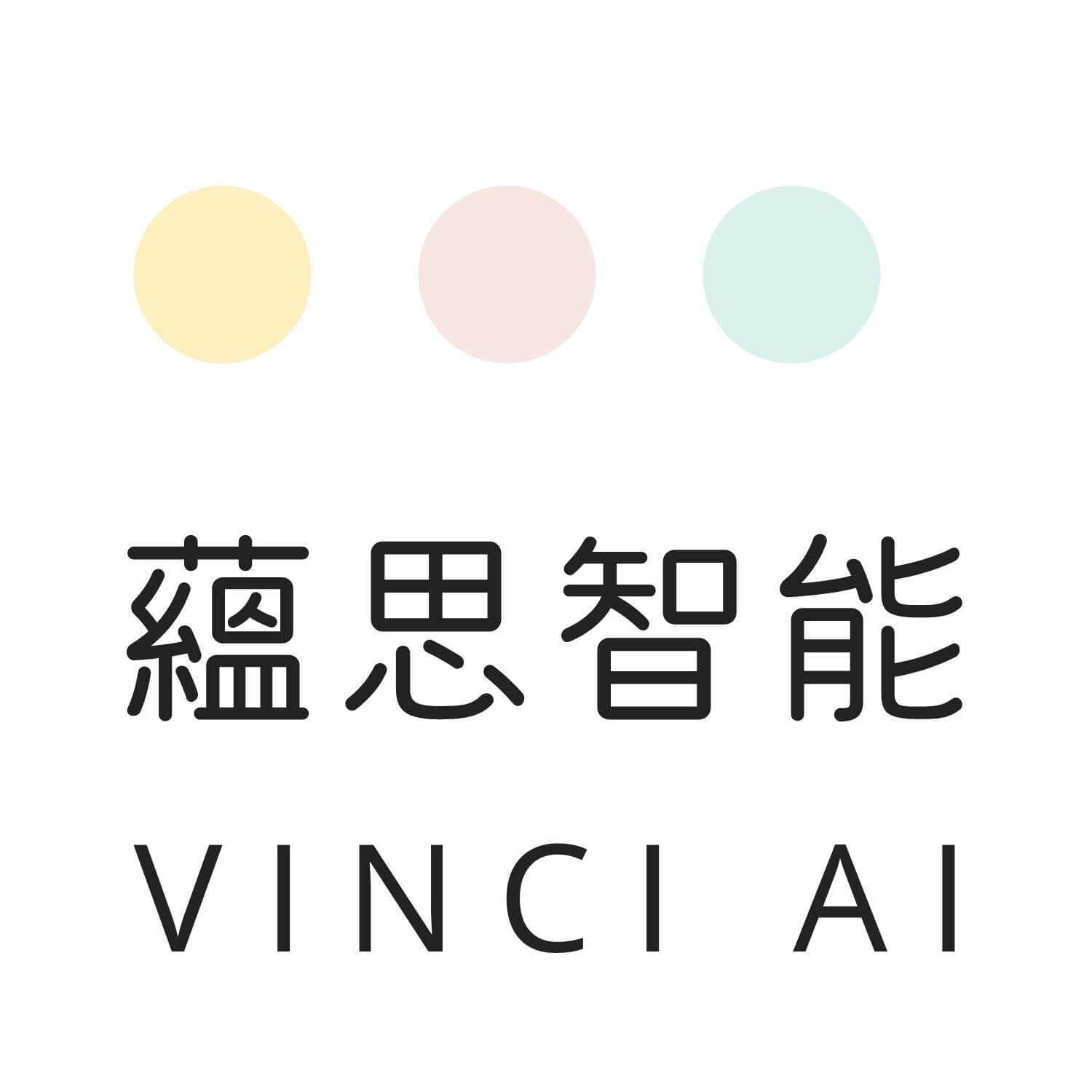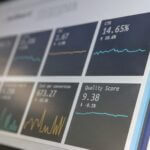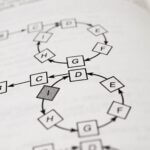AI Art Creation Course
Course Outline
In this new AI era, mastering cross-media creation skills is mastering the language of the future. This course seamlessly integrates AI art, music, and film production, aiming to guide students into a boundless world of creativity. Whether you're a complete beginner or a student looking to enhance your skills, you can learn here to use cutting-edge AI tools like AIVA, Runway, and Suno AI to transform your wildest ideas into unique paintings, beautiful music, or even cinematic films. .
This course will guide students on a complete creative journey from still art to moving images. It will not only teach the operation skills of AI tools but also stimulate students' creative thinking, digital literacy, and interdisciplinary application abilities, enabling each student to become a well-rounded young director, artist, and composer for the new era. .
Course features include
One-stop cross-media courseIt is one of the few courses in Hong Kong that integrates the three core areas of AI art, music and film production into a single course, allowing students to acquire the most comprehensive generative AI creative skills.
Top AI Tools in PracticeThe curriculum covers industry-leading AI creation software, including AIVA, Suno AI, Runway, Veo3, and Nano Banana, keeping students up-to-date with the latest technologies.
Professional mentor teamThe teaching team is highly experienced, with courses jointly developed by university lecturers and PhD-level AI experts. They also collaborate with industry partners such as Musicphile to integrate technology with traditional arts education.
Past student works:
Course content
What will students learn?
This course is comprehensive, covering the entire process of AI multimedia creation. Students will master all the key skills from concept development to final product publication.
AI Art and Image Generation
Learn to use AI technologies such as Generative Adversarial Networks (GANs) to create sketches, abstract art, and images of various styles. .
Master AI drawing tools to design characters and construct scenes, creating visual materials for film and animation projects. .
AI Music and Sound Effects Design
Learn to use tools such as AIVA and Suno AI to generate AI music, transfer styles, and set moods, creating diverse works including classical, pop, and even film and game scores. .
Explore the secrets of AI sound design and create original background music and sound effects for films and animations. .
Learn basic music theory such as notes, rhythm, and melody, and adapt AI-generated content into instrumental performance versions. .
AI-powered video production and post-production editing
Using GenAI to assist in writing film scripts and designing storyboards .
Master AI software such as Runway to create video special effects and animations. .
Learn professional film editing, transition, color grading, and compositing techniques to integrate all AI-generated footage into a complete film.
Human-Machine Collaboration and Creative Practice
Learn how to collaborate with AI and explore the infinite possibilities of cross-disciplinary artistic creation. .
At the end of the course, students will have the opportunity to present and showcase their multimedia creation projects, demonstrating their learning outcomes. .
Request the full course syllabus
Get Vinci AI by filling out the form once. Complete course resource library Cloud access permissions. We have prepared the following documents for your convenience. Curriculum Planning and IT Innovation Lab / QEF Grant Application
-
📘 Course Unit Structure: Coverage Python LLM,AI-generated art, Unitree robotics courses, etc.syllabus
-
🤖 Hardware specifications: Unitree Robots (Go2, R1),drone swarm and UGOT Robot Hardware Details
-
🏆 Activity plan reference: STEM Day: Comprehensive Learning Day Procedures and School Competition Details
(After submitting the form, the resource library link will be sent to your email immediately.)
Course features include
Through collaboration with professional instrument instructors and the integration of technology, we aim to attract students to learn musical instruments.
Professional music industry partners
We believe that musicphile is a high-quality professional music school in the local area. Many of its instructors have completed professional master's degrees in education, including the American Musician Institute (Muisician Institute), the Education University of Hong Kong's Master of Arts in Music Education, and the Hong Kong Baptist University Music Master of Arts, and has rich performance experience and academic qualifications including the Yamaha Asian Beat Asia Championship.
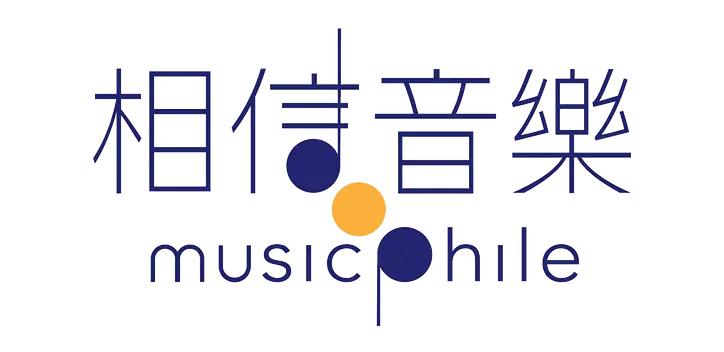
Music Curriculum Director - Matthew Wong
- Master of Arts in Music Education, The Education University of Hong Kong 2016
- Bachelor of Sociology (Education), The Chinese University of Hong Kong 2014
- Minor in Music, The Chinese University of Hong Kong 2014
- Diploma in Music Performance (ATCL), Trinity College of Music, London, UK 2016
- British Pop Rock Club Level 8 Drum (Rockschool 2012)
- Royal Academy of Music Grade 8 Piano 2013
- Royal College of Music Level 8 Music Theory 2014
- Former drummer of Hong Kong indie band Frankie Telescope
Music courses are planned and hosted by Matthew Wong and taught by his well-known music instructors
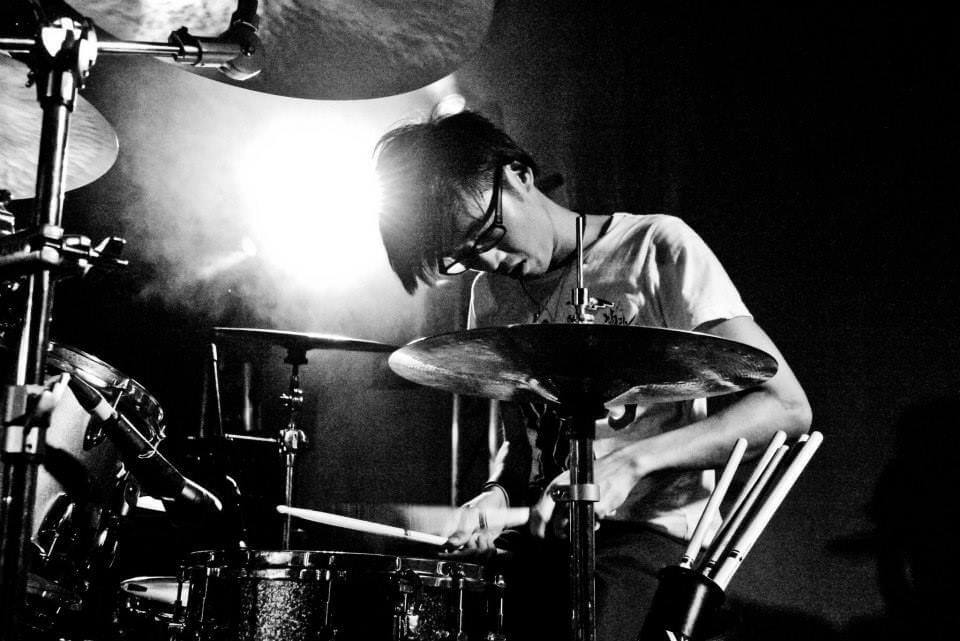
Additional course services
We offer a range of additional course services to meet the different needs of schools and students:
- School anniversary/graduation ceremony video production: Assist schools to use AI technology to produce videos for school celebrations, graduation ceremonies and other events, adding a sense of technology and creative elements to the activities.
- Advanced AI video production guidance: Provide advanced AI film production guidance for students who have room for learning, such as film-level special effects production, professional-level post-processing, etc., allowing students to explore the possibilities of AI films more deeply.
- AI Video Production Competition Tutorial: Provide professional guidance to students who intend to participate in AI film production competitions, including script optimization, technical guidance, work modification, etc., to increase students' chances of winning.
- Video post-production services: Provide professional video post-production services, such as editing, color correction, special effects, subtitles, etc., to assist schools or students in improving their video works.
- School song AI adaptation:Using AI technology to adapt a unique and modern new version of the school song for the school
- School anniversary AI theme song:Create an AI theme song for the school’s anniversary event to add a happy atmosphere
- AI created live performance:Arrange students to demonstrate learning results of AI music creation on stage
- Recording studio rental:Provide professional recording equipment and venues for schools to conduct performance and chorus recordings
- Adaptation of works:The music production team assists students in adapting to ensure the quality of the work
- Videos and themed short films:Provide a shooting team to produce creative and inspiring themed short films
We are committed to providing schools with a full range of AI video production solutions to help schools cultivate students' digital creative abilities and showcase students' unlimited creativity in the AI era.
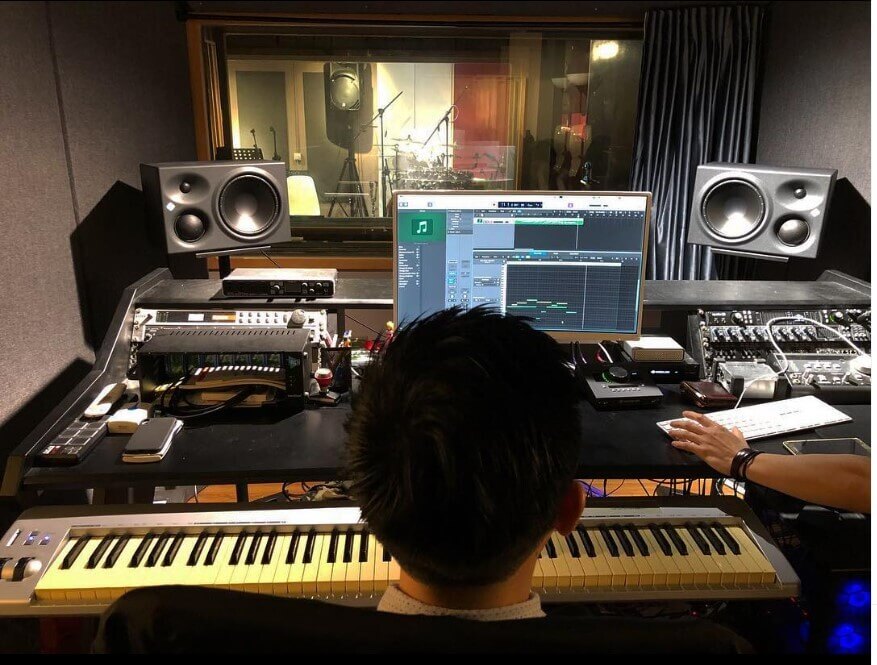
Fun AI fact
What is AI art creation?
AI art creation refers to the process of using artificial intelligence (AI) techniques to generate, assist, or enhance artistic works. This creative approach encompasses various art forms, including painting, music, poetry, storytelling, and more. AI art creation often involves the use of machine learning algorithms, particularly generative AI technologies such as Generative Adversarial Networks (GANs) and Recurrent Neural Networks (RNNs).
Generative AI is a technique that involves training AI models to learn from data and generate new samples that resemble the original data. Generative Adversarial Networks (GANs) are a type of generative model that consists of two neural networks, a generator and a discriminator, which compete with each other to generate high-quality synthetic data. Recurrent Neural Networks (RNNs), on the other hand, are a type of neural network particularly suited for processing sequential data such as text or time series data. They are commonly used for generating artistic works like text or music.
The relationship between AI art creation and generative AI lies in the fact that generative AI serves as a primary technical means and driving force for AI art creation. Through generative AI techniques, artists and creators can leverage AI models to automatically generate unique and creative artistic works, opening up new possibilities and perspectives in art creation. Generative AI empowers artists to explore novel avenues of expression and encourages the fusion of human creativity with the capabilities of AI technology.
The application of AI in music composition primarily relies on machine learning algorithms, particularly deep learning and Generative Adversarial Networks (GANs). These technologies can learn music styles and structures from vast amounts of music data, enabling the generation of creative and original melodies, chords, and compositions. By harnessing these techniques, musicians can gain inspiration, enhance their creative efficiency, and expand the possibilities of music composition. AI in music composition acts as a collaborator and tool that complements the artistic process, providing new avenues for exploration and experimentation.
The application of AI in music composition includes melody generation, automatic composition, music analysis, style transformation, and sound synthesis, among others. For example, AI can generate complete compositions based on specific styles, emotions, or rhythms, aiding in the rapid creation of background music, game music, or film scores. Additionally, AI can simulate various instruments and vocals, generating more realistic timbres and expressions, providing musicians with high-quality musical materials. In these processes, AI technology not only enhances the creative abilities of musicians but also opens up new possibilities for music composition.
Fun AI fact
How does AI assist music creation?
Fun AI fact
How can AI assist in film production? What's the rationale behind this?
AI is increasingly used in film production, significantly increasing efficiency and reducing costs. Here are a few key aspects of how AI can assist in film production and the principles behind it.
AI application in film production
- Automated editing
AI can automate many repetitive tasks such as editing, cropping, and adding subtitles, which can significantly reduce the time and labor costs required by content creators. For example, AI can recognize speech and automatically generate subtitles, eliminating the need for users to manually enter - Content analysis and suggestions
AI algorithms can analyze film content, identify key moments and provide editing suggestions. Not only does this improve the overall quality of your video, it also automatically removes lengthy or unnecessary passages, such as background noise or blurry footage. - Image enhancement and special effects addition
AI technology can automatically adjust image sharpness, color and brightness to improve picture quality. In addition, AI can automatically add transition effects to make the video transition smoother. - Intelligent splicing and merging
AI editing tools can automatically splice multiple short clips into a complete movie, so content creators can quickly produce smooth works without manual operations - Back removal and face transplant technology
AI can precisely remove backgrounds or achieve face-swapping effects, features that typically require professional post-production skills. Users can easily place characters into different backgrounds without the need for equipment such as green screens
Why choose Vinci AI?
University lecturer teaching team
VInci AI's teaching team is rich in experience, including university teachers who teach master's AI courses in various colleges and universities.
Curriculum developed by PhD-level experts
Vinci AI's PhD-level AI expert team, providing the most professional artificial intelligence courses
Recognized by research institutions
The teaching platform developed by Vinci AI has received support from Cyberport. Vinci AI is also a STEM education partner of the Productivity Council.
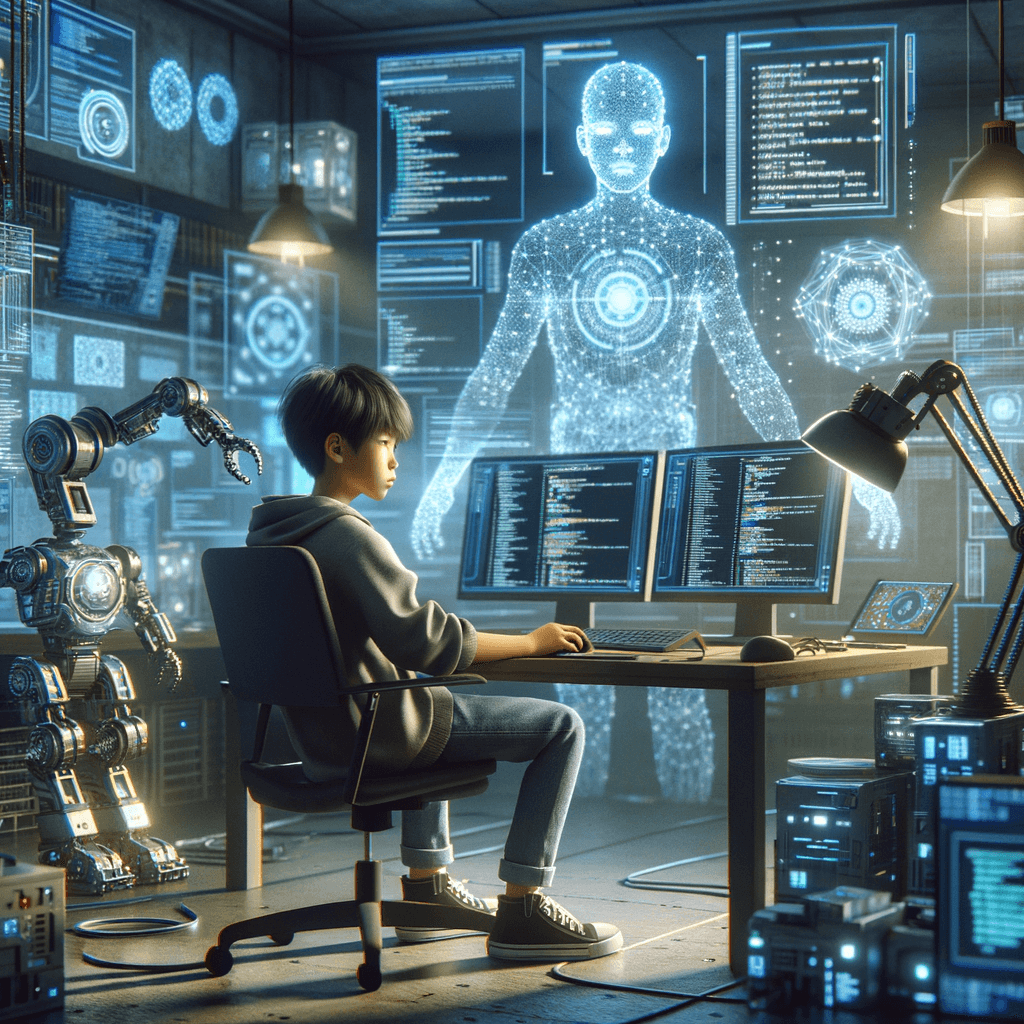
AI artificial intelligence courses for primary and secondary schools
Want to schedule on-campus classes?
Contact our consultants
Vinci AI offers on-campus courses, including STEM Day events, competition training, and after-school programs. We welcome you to contact our expert consultants to arrange suitable topics and formats for your needs.
